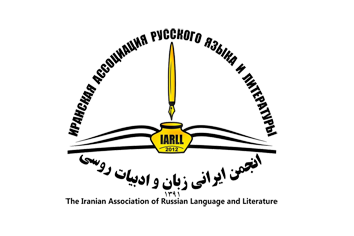CONDUCTING AND ANALYZING THE DATA OF AN ASSOCIATIVE EXPERIMENT IN LINGUISTIC RESEARCH
DOI:
https://doi.org/10.61186/iarll.20.193Keywords:
Experiment, Method, Psycholinguistics, Quantitative Methods, Methods of Semantic InterpretationAbstract
The author of the article focuses on the scientific methods used to obtain and analyze linguistic material in linguistic research, namely the method of linguistic experiment and the quantitative methods used to analyze its data and the method of semantic interpretation. The experiment occupies a leading place in linguistic research as the main way of researching and constructing reality. In psycholinguistics, the experiment involves the joint interaction of the experimenter and the subject, aimed at performing pre-composed experimental tasks and studying possible changes and relationships. The methods of analysis and interpretation of experimental data are based on quantitative measurements, with the help of which the quantitative indicators obtained during the experiment can be generalized and brought into the system, as well as on the construction of models for measuring the object of study through the analysis of semantics. The combination of psycholinguistic, quantitative and general scientific methods is a productive way to solve the problems of the experiment.
Extended abstract:
The author of the article focuses on the scientific methods used to obtain and analyze linguistic material in linguistic research, namely the method of linguistic experiment, the quantitative methods used to analyze its data and the method of semantic interpretation of the obtained associations. The purpose of this article is to consider the essence and functioning of these methods in the context of specific paradigms of linguistics, primarily psycholinguistics. Within the framework of this study, general scientific methods and techniques, a descriptive method were used.
The article deals with the process and data processing of an associative experiment as one of the main methods for obtaining linguistic material in linguistic research. The experiment is of great importance in linguistic research as the main way of researching and constructing reality. In psycholinguistics, the experiment involves the joint interaction of the experimenter and the subject, aimed at performing pre-composed experimental tasks and studying possible changes and relationships.
The methods of analysis and interpretation of experimental data are based on quantitative measurements, with the help of which the quantitative indicators obtained during the experiment can be summarized and brought into the system in the form of figures, charts or graphs, as well as on the construction of models for measuring the object of study through the analysis of semantics. There are quantitative and statistical methods. Possession of quantitative and statistical methods makes it possible to describe linguistic phenomena in a generalized form, conduct an experiment more qualitatively and increase the evidence of the methods used.
At the end of the article, it is concluded that the free association experiment reflects the strongest connections between the stimulus word and the reaction word and, thus, ensures the convincing validity of the data obtained. The quantitative methods used in the course of the experiment make it possible to calculate the frequency of reactions, the analysis of reaction distributions, and the brightness of the selected values. The method of semantic interpretation used in processing the results of the experiment is successful because it allows us to process not only individual associates, but also entire semantic groups of reactions. Therefore, the combination of psycholinguistic, quantitative and general scientific methods is a productive way to complete the tasks of the experiment.
Downloads
Published
How to Cite
Issue
Section
License
Copyright (c) 2022 Issledovatel'skiy Zhurnal Russkogo Yazyka i Literatury

This work is licensed under a Creative Commons Attribution 4.0 International License.
![]()
"Creative Commons Attribution 4.0 International (CC-BY 4.0)"


